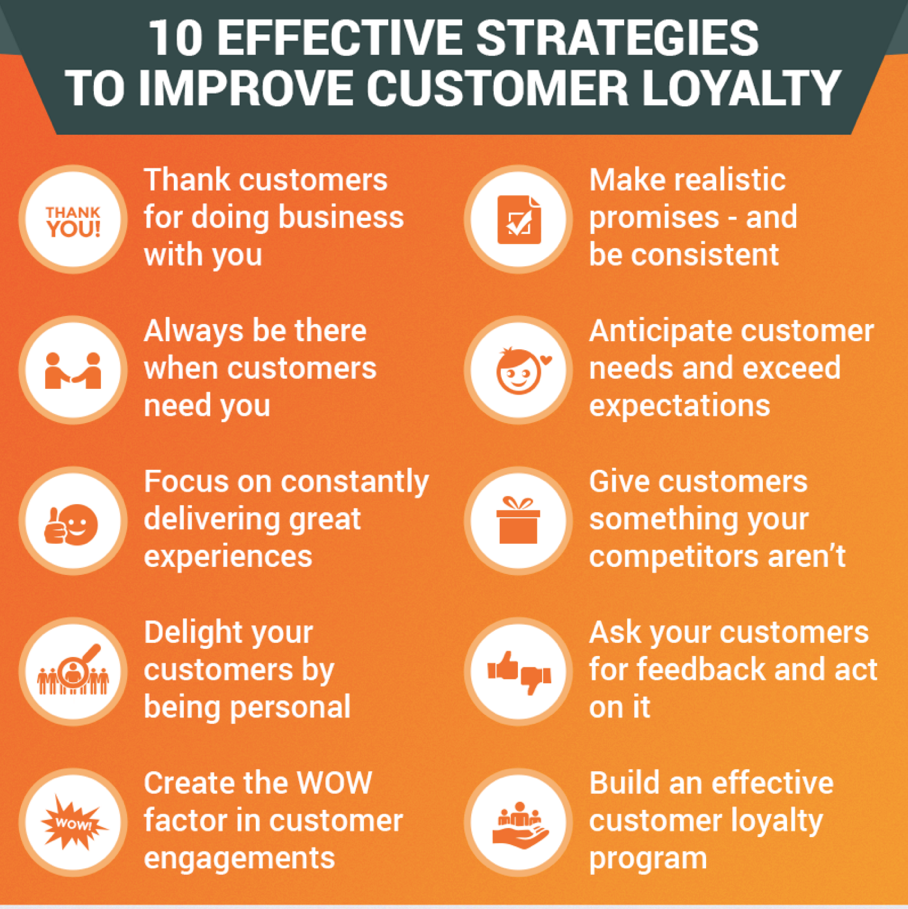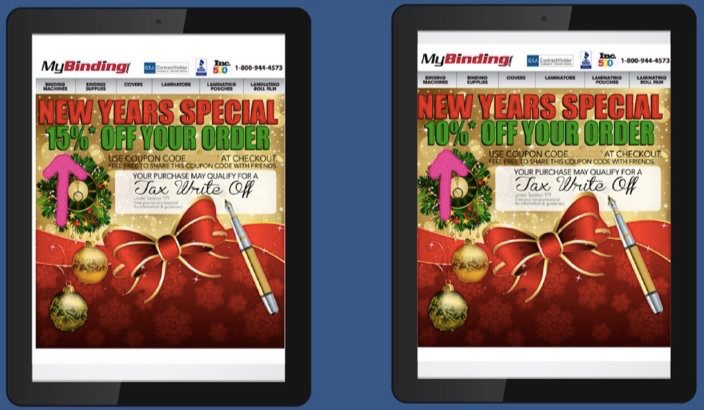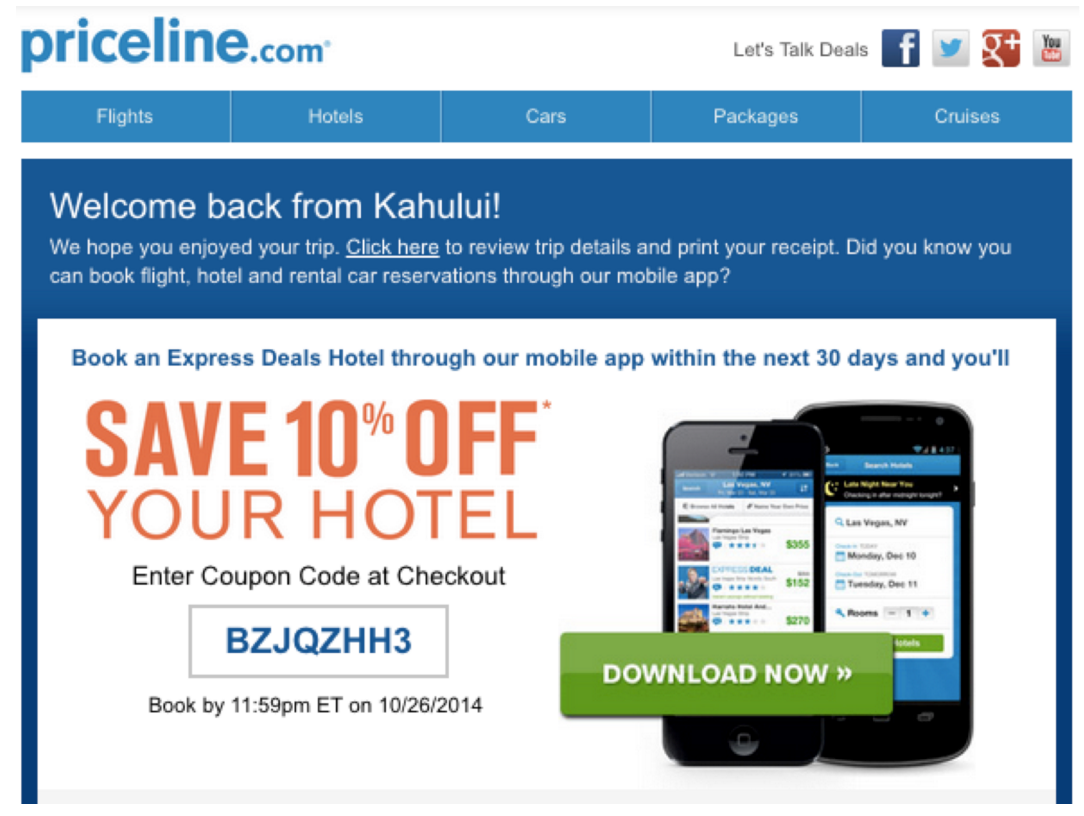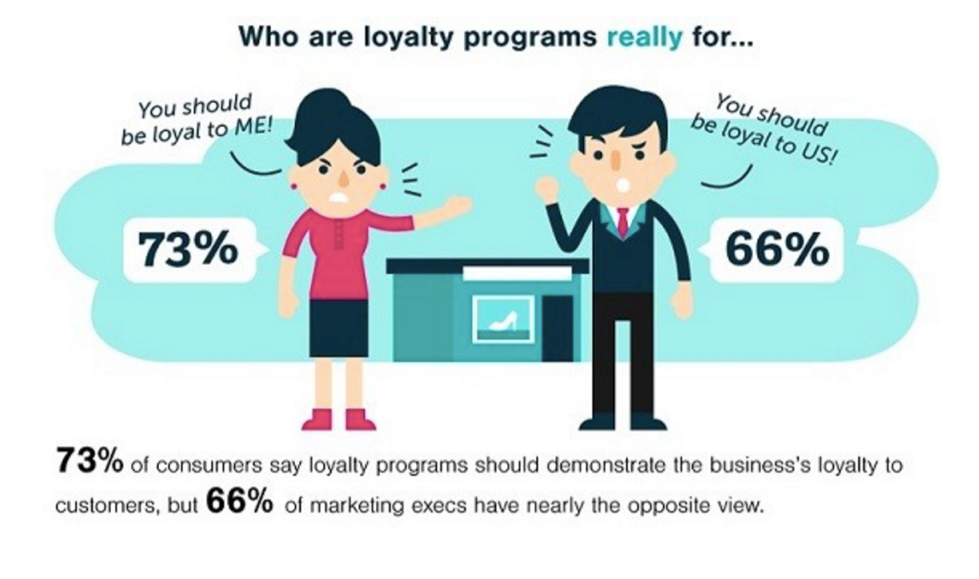Please visit Marketing Land for the full article.
Friday, May 20, 2016
Marketing Day: Yahoo bids coming in low, VR startup Littlstar & B2B lead quality
Please visit Marketing Land for the full article.
Saturday, May 14, 2016
Weekend Favs May Fourteen
Weekend Favs May Fourteen written by John Jantsch read more at Duct Tape Marketing
My weekend blog post routine includes posting links to a handful of tools or great content I ran across during the week.
I don't go into depth about the finds, but encourage you to check them out if they sound interesting. The photo in the post is a favorite for the week from Flickr or one that I took out there on the road.
Good stuff I found this week:
Facebook Image Checker Tool – See if your images have more than 20% text allowed in Facebook Ads.
Modern – Tool that allows you to chat with website visitors using Facebook Messenger
Zaapt – Social media marketing and management with built-in calendar
Friday, May 13, 2016
How Email Segmentation Sustains Customer Loyalty
Research shows that segmented email campaigns possess a 14.25% higher open rate compared to non-segmented campaigns.
Targeted messages grab people's attention. And SaaS teams must direct that attention to converting buyers into loyal customers.
“While enticing new customers is important, no marketing channel can boost loyalty the way that email can. Since people typically sign up for email to be notified about promotions you can use that information to increase sales,” says David Marinaccio, email marketing manager at Active Web Group.
Segmentation is an effective method to deliver the right message to the right person. It helps personalize the shopping experience to increase sales.
Let's explore how your next email campaign can retain more customer relationships.
The Value of Customer Loyalty
Customer loyalty is how your business will continue to grow.
Satisfied consumers enjoy purchasing your products, like telling their friends about your brand, and don't mind sending a promotional tweet. And when necessary, loyal customers will even defend your brand name during a PR mishap.
To achieve customer loyalty, your SaaS needs to offer unprecedented value to your buyers. You're not selling a product; instead, your team is providing an experience.
“Customer loyalty is built upon consistently positive, high-value experiences with a brand, often exceeding customer expectations. Loyalty goes beyond satisfying needs or wants. It's an emotional connection to a brand that customers love and will happily return for,” writes Donna Peeples, Founder and Chief Engagement Officer of Motivated, Inc.
In the graphic below, you'll discover a few effective strategies to improve your customer loyalty. One of my favorites is creating a WOW factor in customer engagements. It's vital to give people something they weren't expecting. Then, you exceed their expectations.

Convince and Convert reports that “44% of email recipients made at least one purchase in the last 12 months based on a promotional email.” Use email to build a loyal consumer base and boost sales.
Email is an intimate channel where your company can talk directly to the buyer. That's why it's important to ensure that your marketing messages resonate with the individual.
Research says that “41% of people said they purchase more from retailers that send personalized emails based on past browsing and buying behavior.”
Your customers don't like receiving mass emails. They want information catered to their needs.
There is value in customer loyalty. Look toward email as a way to build that loyalty.
Segmentation Possibilities
Segmentation is “the process of dividing your customers up into different groups who share a number of similar characteristics.”
And loyalty segmentation is how you group customers based on their interaction and engagement with your content. It's about going beyond demographics and locations.
Use segmentation to support personalized email campaigns. The goal is to target your buyer's behavior and interests.
A study reported that “mailings targeted to loyalty program members outperformed overall bulk mailings, with open rates 40% higher, click rates 22% higher and transaction rates 29% higher.”
Pat Flynn, podcast host of Smart Passive Income, suggests discovering the different content types within your audience:
“In the health and fitness industry, for example, there are people who are interested primarily in losing weight, and there are others who are more interested in strength training. Within strength training, there are those who are interested in looking beefed up, while there are others who are in it to look lean.”
Learning your buyer's likes and habits is mandatory. It will allow your team to deliver messages that matter to the customer. Therefore, saving your company both time and money.
Below is an example from MyBinding. This business offers different promotional incentives based on the customer's purchase history.
Churning customers receive a larger discount (15%) to lure them back into the purchase cycle. Since the best customers are more likely to purchase again, they receive a slightly smaller incentive, 10%.

What segmentation mix works well for your SaaS? Find out how you can bring more value to a specific audience.
Loyalty-Targeted Emails
Your SaaS might be missing opportunities to build customer loyalty. It's because you are not sending triggered emails to your segmented groups.
Triggered emails are automated messages sent in response to your customer's actions. And while you're probably using them to send welcome emails, research shows that triggered emails are underused.
MarketingSherpa revealed that “only 24% use them for date-activated trigger messages (such as renewal dates or birthdays), and only 18% use them to acknowledge website behaviors.”
Start reviewing your email data. Gain a better understanding of how your team can benefit from triggered emails.
Derek Buntin at Adonis Media, says, “Use email analytics to determine which customers are opening emails but not making a purchase. Then, send these users follow-up emails with the incentive.”
Priceline tailors emails to consumers' on-site behaviors. For instance, when consumers book a trip, the brand will send an email welcoming them home after their vacation is over. And the email includes a discount toward their next trip.

With a loyalty-targeted focus, your team can send customers triggered emails about redemption reminders, requests for feedback, and invitations to VIP programs.
“Loyalty-focused campaigns can span the entire customer life cycle, from the initial entry to program renewal notifications and reminder messages. They also tend to perform better than standard promotional mailings in terms of customer response and revenue,” says John Fetto, a senior B2B marketing manager.
Email marketing doesn't mean sending anything and everything to buyers. You're striving for retention. So, develop email campaigns with the power of triggered messages.
Sustainable Relationships
Because all consumers aren't created equal, customization is essential.
And customers are willing to help build personalized experiences. However, they want something in return.
Loyalty360 “noted that 67 percent of U.S. adults would be willing to give companies access to basic personal information in exchange for better service or products.”
It's doesn't matter how great the relationships are if your products don't deliver. Always be mindful of how you can improve your platform, features, and customer service.
Be open and honest with consumers. Transparency helps your organization build sustainable relationships.
“We are fighting against years of people feeling like companies are somehow screwing them over with hidden pricing and confusing return policies. The only way to establish trust and loyalty is to show your cards,” writes Mikkel Svane, founder and CEO of Zendesk.
Focus on a long-term strategy by testing and experimenting. Measure your results and derive new insights from your findings.
You may find out that everyone isn't on the same page. But that's fine. Just make the necessary adjustments.

“…[E]mail marketing's biggest challenge: the fact that there is a lot of competition for the same eyeballs. Personalization of your email messages will help your company stand out and generate more attention, higher levels of online engagement and lead to more in-store sales,” says Melanie Franke, Content Marketing Specialist at G/O Digital.
Don't settle for generic or dishonest messaging. Your customers deserve better.
Segment to Sustain
Customer loyalty strengthens your brand. With the power of email segmentation, SaaS teams are able to create personalized experiences.
Loyalty can lead to increases in brand awareness and sales. Segmenting includes differentiating customers by interests and behaviors. And a powerful email campaign strategy is grounded in data-driven triggered emails.
Segment to sustain customer loyalty.
About the Author: Shayla Price lives at the intersection of digital marketing, technology and social responsibility. Connect with her on Twitter @shaylaprice.
Thursday, May 5, 2016
Marketing Automation Technology and What Marketers Need to Look For
Since marketers love a good stat, let's start this post off with one: 2567%. That percentage represents the increase in the number of martech vendors from 2011 to today. It comes courtesy of Scott Brinker, the guru of the infamous martech landscape chart and speaks to the warp speed growth the martech vendor space has seen over a very short period of time.
Among the many differing types of technologies vendors offer is of course, marketing automation - a tool that has very much come into vogue in recent years and for good reason as witnessed by a few more stats:
- 67% of best-in-class companies are more likely to use a marketing automation platform. – Aberdeen Group
- 58% 58% of top-performing companies; where marketing contributes more than half of the sales pipeline, have adopted marketing automation. – Forrester
Rest assured there are many more such stats that support the need for marketing automation.
But with so many vendor options out there, what does a marketer need to consider when it comes to making a choice?
When marketers are looking at marketing automation tools, they need to consider both the simple campaigns and the more sophisticated ones. Marketing technology needs to support marketers in their jobs, and not make them feel like they need to go back to school for a computer science degree. Where they rely more on DIY than IT.
Here are 3 key features marketers need to look for in any marketing automation tool.
1. Campaign Management
Marketers look to marketing automation programs to run their campaigns. Welcome campaigns, nurture campaigns, event reminders. Everything you do is organized around these campaigns. Sometimes they are simple and follow a very linear course of action. But marketers are creative, and have been known to overthink things from time to time.
One of the biggest misconceptions about marketing automation is that you can set a campaign and forget it. That is not what you want to hear about a tool. Have you ever had a marketing plan change? Sometimes it happens right after you send that email. Now it's time to scramble and reconfigure your campaign with another email and landing page. Make sure your solutions can support these real world scenarios.
2. Targeting and Segmentation
Another key component of any marketing automation program is the ease with which you can target and segment your prospects and customers. You need to be able to capture activities and actions from your owned, earned, and paid channels to target the right people with the right message. Don't waste your time and resources on people who-based on their actions-will never be customers.
Just like a marketing team that needs to act a team to get things done, your tools need to connect with other tools, so that you can take advantage of your data to present dynamic content within emails, landing pages, and forms.
3. Lead Management and Scoring
According to a study by Ascend2, 70% of B2B marketers cite improving the quality of leads as the most important objective of a lead generation strategy. And the best way to determine that quality is through lead scoring. That's why you bought-or are considering buying-marketing automation. So you can turn more MQLs into SALs. Every system has lead scoring, but how flexible are they? Most lead scoring models are based on elements of a prospect's profile and their online activity-or their Digital Body Language-and responses to your campaigns. Some programs tie their lead scoring model to a single campaign.
A more flexible and sophisticated system can aggregate activity from multiple campaigns when considering a lead score. Think through your lead scoring model before getting caught in system that doesn't support what's important to qualifying your leads.
Download The Guide to Building Your Marketing Technology Stack to learn more PLUS get the questions marketers need to ask of any potential marketing technology solution provider.
Monday, May 2, 2016
LinkedIn Revenue Up 35% in Q1
LinkedIn reported first-quarter-2016 revenue of $861 million, up 35 percent compared with the year-earlier period.
The company broke out its revenue as follows:
- Talent Solutions: $558 million, up 41 percent year-over-year–$502 million from Hiring, up 27 percent, and $55 million from Learning and Development.
- Marketing Solutions: $154 million, up 29 percent compared with the first quarter of 2015.
- Premium Subscriptions: A 22 percent year-over-year gain, to $149 million.
LinkedIn reported adjusted earnings before interest, taxes, debt and amortization of $222 million and a generally accepted account principles net loss of $46 million, or $0.35 per share.
Chief financial officer Steve Sordello said in a blog post:
We are off to a good start in 2016 with strength in our core and emerging businesses, and we continue to invest heavily in innovation and in our core products, while at the same time driving focus and scale to enable growth and leverage across the business.
Readers: What are your thoughts on LinkedIn's first-quarter-2016 financial results?
The power of “Anchor Influencers”
The post The power of “Anchor Influencers” appeared first on Search Engine...
Please visit Search Engine Land for the full article.


